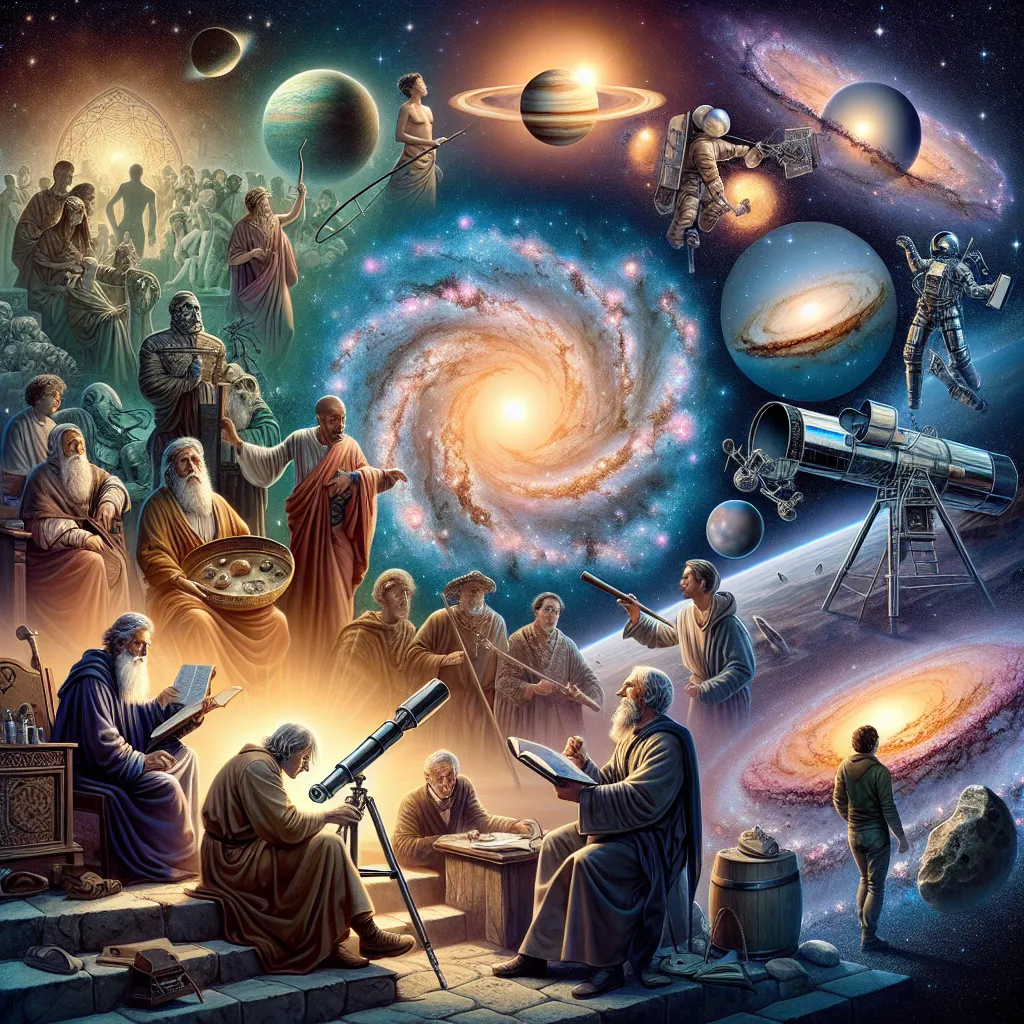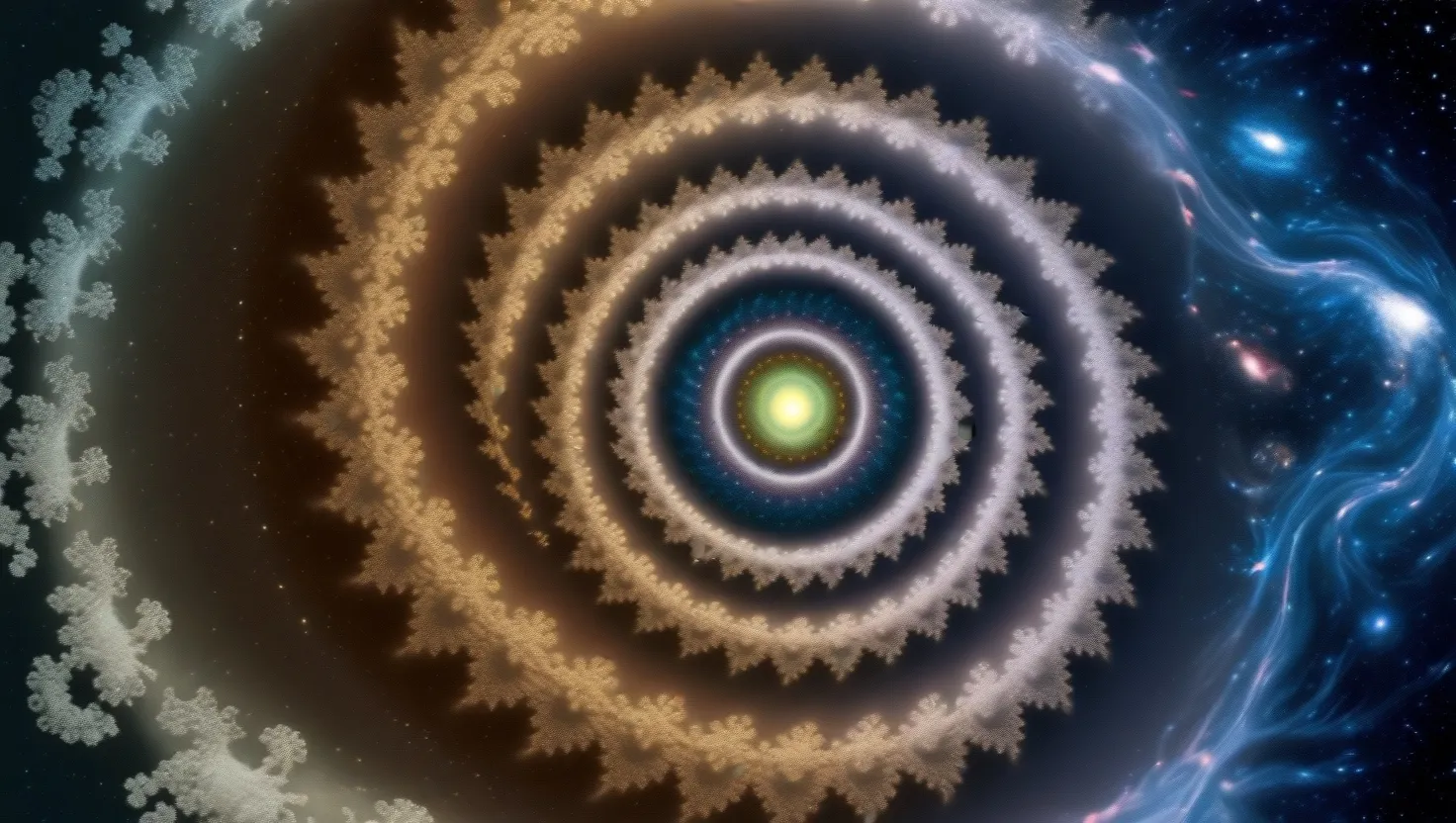Sometimes I like to imagine I’m standing in a grand library, shelves stretched out farther than the eye can see. Along one row, dust motes dance in shafts of sunlight, landing among books filled not with answers, but with questions. Here in this strange and beautiful corner of mathematics, five problems stand out—so simple a child could ask them, yet so stubborn that generations of the world’s most brilliant minds have failed to solve them. Let’s wander among these mysteries together.
Have you ever tried your luck at a game show, at least in your imagination? Picture this: three doors stand before you. Behind one is a brand-new car; behind the others, goats. You make your pick—door number one, let’s say. The host, always smiling, opens another door to reveal a goat. He turns to you: do you stick with your choice or switch? Nearly everyone’s gut says it doesn’t matter, but mathematics tells a different story—switching doubles your chances. Yes, doubles! Even after decades of debate, with demonstrations and computer simulations, the Monty Hall Problem still baffles people. Our minds just don’t like the idea that information changes probabilities. I’ve seen countless arguments unfold: “It’s now 50-50!” “No, it’s 2 out of 3 if you switch!” Our brains seem programmed for fairness, not for statistical quirks. This puzzle isn’t just about doors, cars, and goats; it exposes how human intuition battles cold logic. Even in classrooms today, professors face sighs of disbelief when they show the math. Why do we resist? Is trust in chance just hardwired, or do we secretly root for fairness over advantage?
“Pure mathematics is, in its way, the poetry of logical ideas.” – Albert Einstein
Down another aisle lurks one of math’s most deceptively simple rules, a question so easy I can pose it at dinner and see adults and kids racing to try it on paper napkins. Start with any number. If it’s even, halve it; if it’s odd, multiply by three and add one. Now apply the same steps to your new result, and keep going. Where will you end up? Every time I’ve tried, and every time anyone has ever checked—by hand, by spreadsheet, by supercomputer—the sequence winds down to one, then cycles endlessly: 4, 2, 1. We call it the Collatz Conjecture, or sometimes the hailstone sequence because numbers bounce up and down like ice tumbling in clouds. It’s so easy to test that beginners are tempted to try and spot a stubborn exception, but none has ever been found. Yet, for all the trials, not a soul on earth can say why. Famous mathematician Paul Erdős once said, “Mathematics may not be ready for such problems.” How can a puzzle this basic remain unsolved for so long? I often wonder if the mystery is less about numbers and more about how tangled simplicity and chaos can become. It’s said the problem has a “low floor, high ceiling”—even a child can play, but the proof may stand at mathematic’s tallest peak.
“If people do not believe that mathematics is simple, it is only because they do not realize how complicated life is.” — John von Neumann
Prime numbers have always fascinated me—nature’s own misfits, marching along the number line, proud and indivisible. And among these oddities are the twin primes: pairs like 3 and 5, or 11 and 13, separated by just two. There are lots of them, more than most expect, but is there an endless supply? The Twin Prime Conjecture asks exactly that. For all our computation, for all kinds of clever approaches, nobody has found a crack in this pattern—nor a way to prove it runs forever. What’s odd is how much effort has been spent nudging closer, just not close enough. In recent years, breathtaking progress has narrowed gaps and found gigantic twin primes, each so massive you could spend a lifetime just writing one out. Still, the finish line stays out of reach. The twin prime question carries an emotional weight: mathematicians have chased it for centuries, and even small advances are greeted with fanfare. Why this particular obsession? I think it’s because twins are a symbol—order found in chaos, a sense that some patterns hold out against randomness. Do you ever wonder what secrets the primes are whispering across the infinity of numbers?
“The mathematician’s patterns, like the painter’s or the poet’s, must be beautiful.” – G.H. Hardy
Let’s slip from abstract numbers to the physical flow of water and air—the messiness of real life. Here, the Navier-Stokes Equations reign. These are the instructions for how fluids behave, how waves crash, smoke curls, and coffee stirs. Scientists use them to model ocean currents and storm systems, even the blood coursing in our veins. Yet for all their power, a simple question has defied a full mathematical answer: do these equations always have smooth solutions, or can they break down into chaos? The world depends on fluids behaving nicely most of the time, but the equations themselves might allow rogue waves or spontaneous turbulence to spiral out of control. This is no ordinary puzzle—the Clay Mathematics Institute put a million-dollar reward on its solution. Sometimes, it feels like math is at war with the real world: every refined calculation hints at certainty, yet nature loves a surprise. Are there limits to what math can say about nature, or are we just missing a hidden structure in the equations? When I watch a river swirl around stones, part of me wonders if I’m peering at an ancient unsolved riddle.
“The book of nature is written in the language of mathematics.” — Galileo Galilei
If there is a mountain at the heart of mathematics, the Riemann Hypothesis is its summit. This single conjecture hangs over number theory, cryptography, and even quantum physics. It concerns an esoteric but powerful object: the Riemann zeta function, which encodes the secret patterns of the primes into a kind of musical score. The conjecture states that all its ‘nontrivial zeros’ lie on a special line in the complex plane—a line of hidden harmony, if you will. No one has proved it. The stakes are high: billions of dollars in digital security rest on properties that, if the hypothesis were false, might tumble like a house of cards. Mathematicians gossip about rumors of secret solutions, or eccentric geniuses working in isolation. The most remarkable aspect, though, is how the hypothesis seems to tie together distant branches of math—geometry, algebra, even random matrices usually seen in physics laboratories. If the hypothesis fell, the shockwaves would ripple across scientific and technological fields. What do you suppose would change in our world if someone woke up tomorrow and decided to prove it?
“The infinite! No other question has ever moved so profoundly the spirit of man.” – David Hilbert
As I reflect on these mysteries, I keep circling back to a simple observation: some of the toughest problems in mathematics come dressed in children’s clothes. They are easy to state, nearly impossible to settle. Why do such innocent questions cause so much trouble? Is it possible our ways of thinking—our logic, our symbols, even our intuition—are kneeling at the wrong altar? Sometimes I imagine an answer will arrive not from a blackboard, but from some unsuspected corner—a new language for understanding numbers, or a sudden spark that shatters old assumptions.
What about you? If you stumbled across a proof that would topple one of these giants, would you send it to a journal, or keep it tucked in a drawer to puzzle over privately? In every era, someone stands at the threshold, wondering if they hold the key to one of the world’s great mathematical mysteries.
These five problems remain out of reach, more compelling for their stamina than their solution. They remind me—and maybe you too—that in math, as in life, the questions we can’t quite answer are sometimes the ones that drive us to keep searching, learning, and discovering anew.






